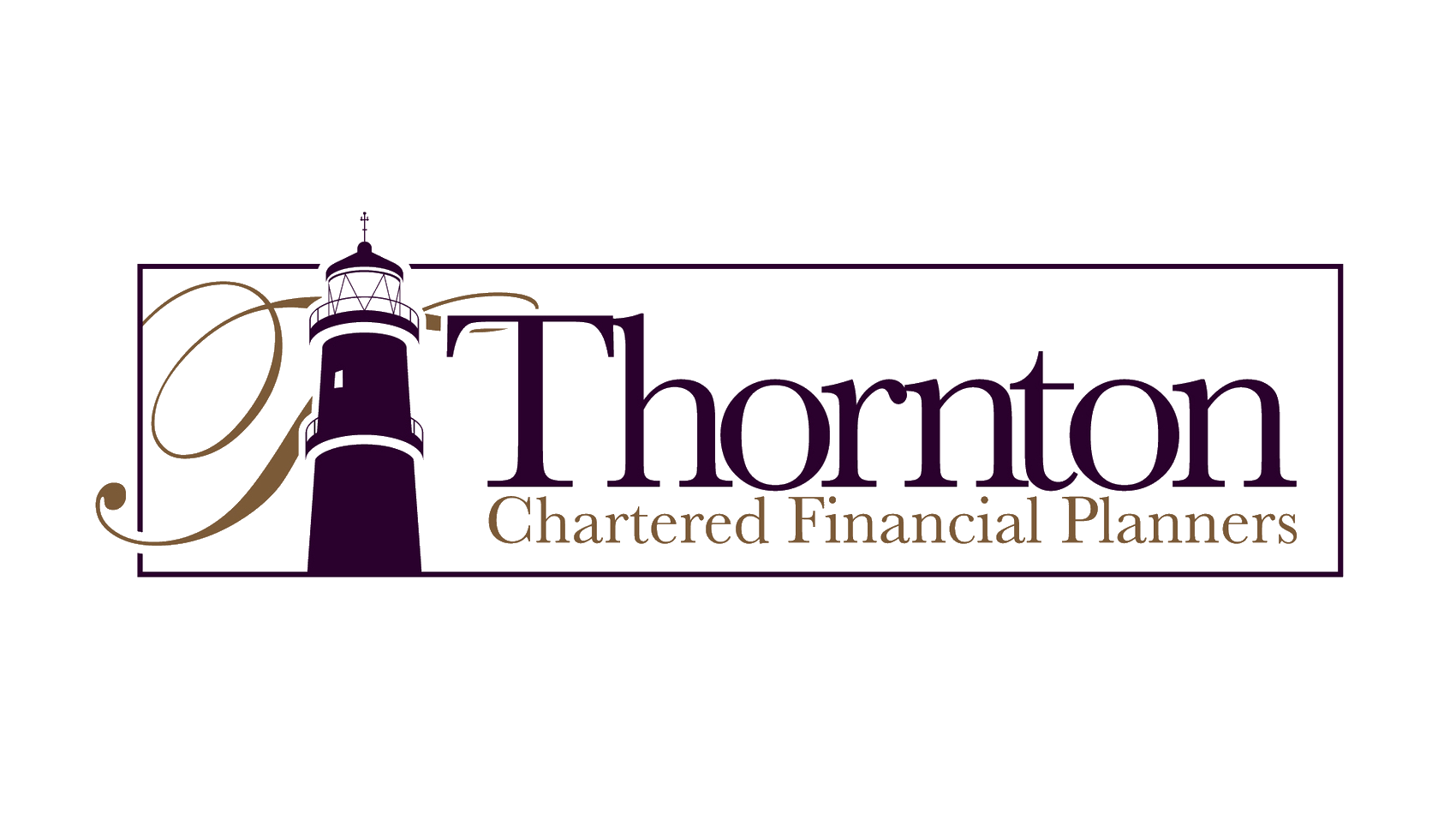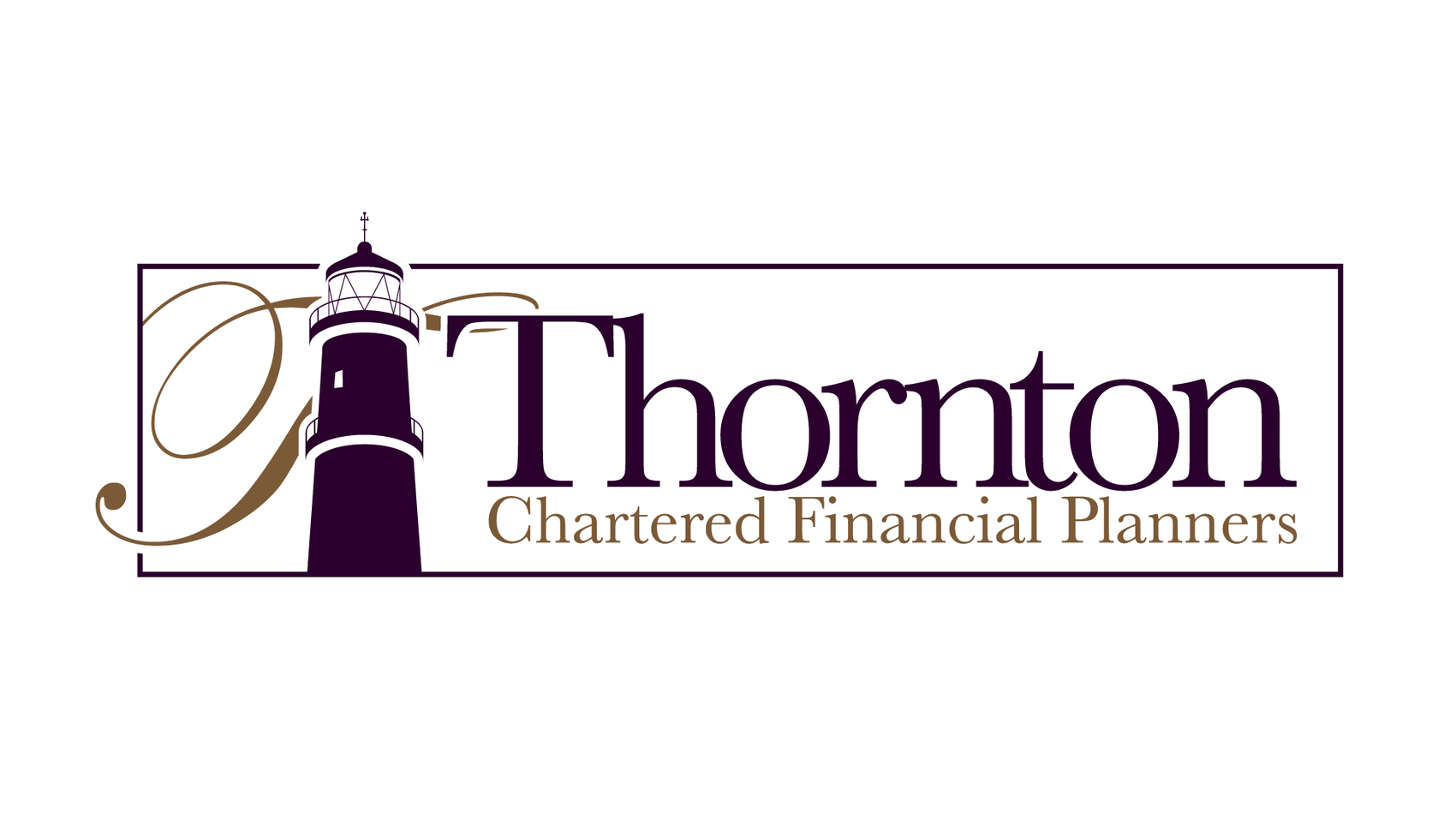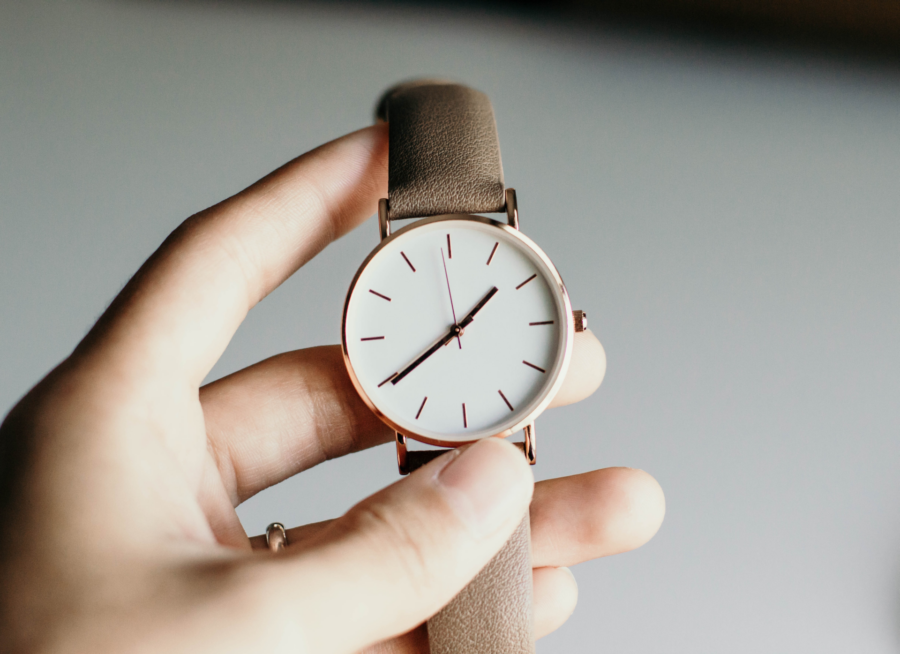This blog post is only likely to be of interest if you are retired and have an IOM “SIPP” (a type of pension) from which you haven’t yet taken any money.
If this isn’t you, I would understand if you stop reading now! Life is too short, and you won’t get these next few minutes of your life back.
For anyone who’s still with me, I hope this information helps with your financial planning.
We often recommend that clients who have cash and other assets or income sources leave it until as late as possible before taking money from a SIPP.
In other words, it can make sense to use the other stuff first to fund the early stages of retirement.
The SIPP is likely to be the most tax-efficient investment you have. Therefore, it can make sense to leave it and let it grow free of tax for as long as possible.
For how long can you leave it?
If you have a new IOM “Pension Freedom Scheme”, which has only been available since 2018, there is no limit to how long you can leave it untouched.
If you have had your SIPP for longer than this, it will likely fall under another set of pension rules, where you have to access it at age 75.
Accessing it means:
-taking your tax-free “cash” lump sum (usually 30% but maybe 25% if it’s been transferred in from a UK pension).
-or, rather than receiving this amount as cash in the bank, you may be able to transfer 30% of the underlying investment out of the pension. This is a useful option if you reach age 75 with plenty of cash in the bank and wish to remain invested in the markets without any interruption to this.
Your pension provider should write to you before your 75th birthday to outline your options. It should also be on your financial adviser’s radar (if you have one) in the years leading up to this.
Taking income from the pension when you are 75
When you are 75, you also have to start taking some income from this type of “older” pension scheme.
There are rules in place that determine the minimum and maximum you can take each year.
Typically, the minimum income works out to be around 2.5% of the value of the pension after the tax-free cash has been taken.
Key tax considerations
As I mentioned, the 30% “lump sum” is tax-free. The other two main tax points you need to be aware of are:
The withdrawals you take from the SIPP are subject to income tax of up to 20% assuming you are IOM tax resident.
This is why some people prefer just to take the minimum amount of income that you have to under the rules, to keep income tax down.
Once you’ve taken your tax-free lump sum, any funds remaining within the SIPP on death will be subject to a 7.5% tax charge if it is paid out to your beneficiaries in one go.
Alternatively, a regular income can be paid to your beneficiaries, with income tax of up to 20% applying.
You should let your pension provider know what you want to happen to your SIPP on your death, through a “beneficiary nomination” form, as it won’t be dealt with under your Will.
Pensions are complicated, overly so I’m afraid. There are lots of different types and moving parts.
This article is a “heads up” and not meant to act as a substitute for professional financial advice based on your specific circumstances.
If you would like help, please feel free to get in touch.


